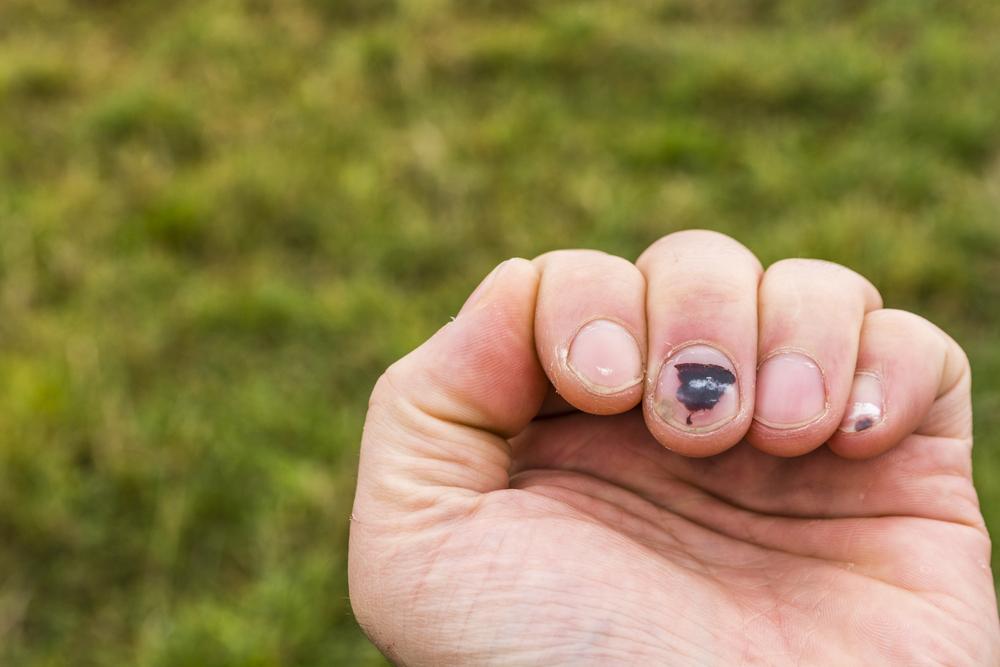Contents:
- Medical Video: Fever in Kids: When to Call the Doctor
- Child's normal body temperature
- Why is my child's body temperature low?
- 1. Lack of physical activity
- 2. Nutrition intake
- 3. Lack of blood
- 4. Symptoms of mild illness
- 5. serious illness
- When should I take the child to the doctor?
Medical Video: Fever in Kids: When to Call the Doctor
Since birth, humans have a system called homeostasis which is in charge of keeping the body temperature in a normal range. So, if your child's body temperature suddenly increases or decreases outside the normal range, this means that something is wrong in the baby's body system. You may already know that a child's body temperature rises until a fever usually indicates a bacterial, viral, or germ infection. However, what about the decreased body temperature until the little one's skin feels cold to the touch? Is this a natural thing or should we watch out?
Child's normal body temperature
As long as your child's hands and feet or skin surface doesn't feel too cold or freezes when you touch, his body temperature is still normal. However, if it feels cold you should measure the child's body temperature with a thermometer in the mouth, ear, armpit, or anus. In a healthy and normal state, the child's body temperature ranges from 36.5 to 37 degrees Celsius. This number will continue to change throughout the day, for example at night when the child sleeps, in the afternoon after a shower, or after your child has certain physical activities.
READ ALSO: Immunization also affects children's intelligence
Why is my child's body temperature low?
Even though everyone has different body temperatures, pay attention if your child's body temperature is often or always below 36.5 degrees Celsius. Low body temperature can indicate various health conditions like the following.
1. Lack of physical activity
If your child is not moving and doing physical activity, the risk is low body temperature. This happens because a passive body will usually cause a slowdown in the metabolic system, which is the process of burning calories into energy. Physical activity is one way to trigger the combustion process. So, the more your child lacks movement, the body will be increasingly cold, limp and pale.
2. Nutrition intake
A balanced diet and nutrient intake will help keep your child's body temperature within the normal range. If your child is hungry, his body temperature will decrease. Likewise with the lack of intake of certain nutrients such as calories, iodine, and iron. Unbalanced nutritional intake can reduce your child's body temperature. So, make sure that you always keep your child's diet organized and balanced.
3. Lack of blood
Lack of blood (iron deficiency anemia) or poor blood circulation can affect the core temperature (internal organs) and child's body temperature. If your child looks pale, weak, has difficulty breathing, tingling, and his body feels cold, your child may lack blood. In addition, children who are bloodless are also usually susceptible to infection until they fall ill. Another sign is the attention span (attention span) a short and slower growth of children his age. Be careful because lack of blood in children can cause learning disorders and mental development.
READ ALSO: Common Questions About Anemia in Children
4. Symptoms of mild illness
Usually the child's body temperature will decrease if you want to get sick, such as colds or influenza. Low body temperature is often experienced by children just before a fever appears. This is because viruses, bacteria, and germs will be the most virulent in attacking the body with low temperature. However, the immune system will fight it by increasing the core temperature and body temperature so that your child becomes hot and feverish. After taking febrifuge, your child may also experience a decrease in body temperature.
READ ALSO: Basic Knowledge of Flu in Children
5. serious illness
A child's low body temperature can be a symptom of a serious illness. Some chronic diseases such as autoimmune diseases, hyperthyroidism, or multiple sclerosis are characterized by decreased body temperature and a feeling of weakness throughout the day. Nervous disorders in children are also sometimes indicated by low body temperature.
READ ALSO: Recognize the Signs of Children Having Multiple Sclerosis
When should I take the child to the doctor?
If your child's body temperature still ranges from 36 to 37 degrees Celsius, you don't need to worry. To increase the child's body temperature, try to adjust the temperature of the room so that it is not too cold and wear clothes that are quite warm. You can also provide warm drinks and foods such as ginger to help increase the body's core temperature.
However, if the child's temperature drops to 35 degrees Celsius, you should immediately take it to the nearest health care center. Consult with your doctor and health personnel so you can get the best treatment. If your doctor suspects a particular health problem, your child may be asked to undergo a series of medical examinations. Stay calm and accompany the child during the examination.












